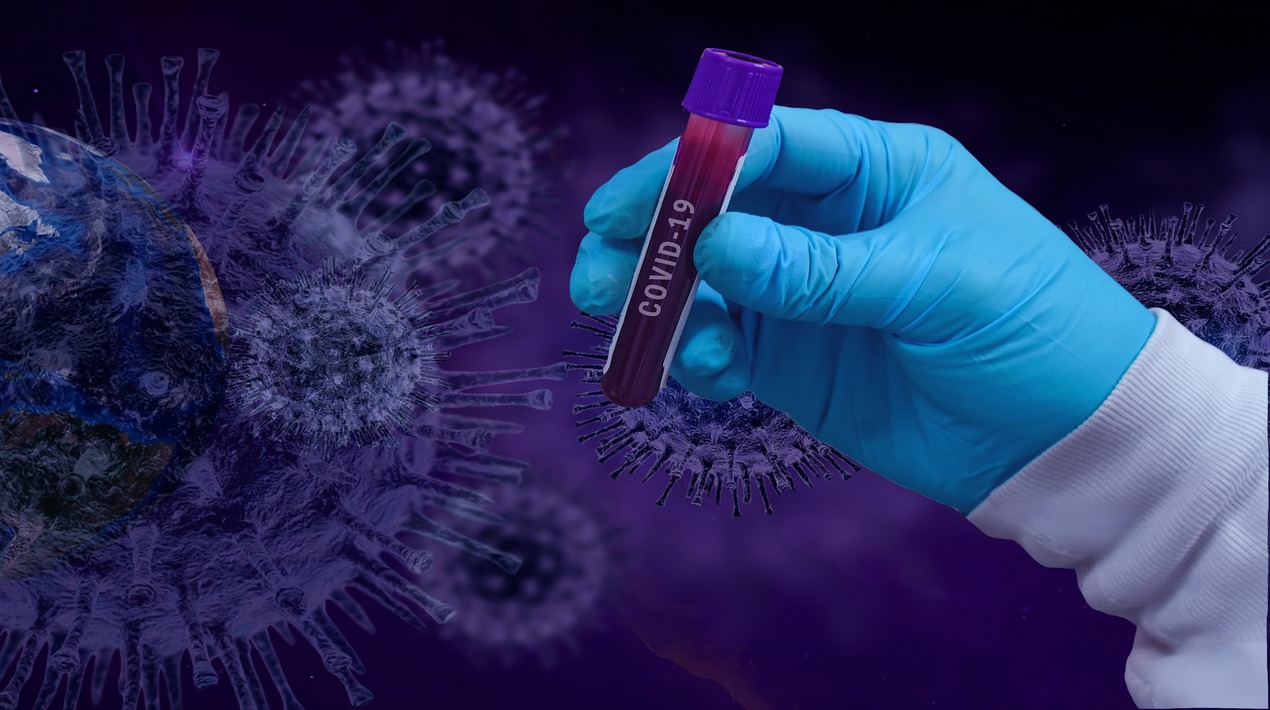
A New Zealand science-driven company recently conducted a trial with one of the country’s airline employees to considerably accelerate the development of an automated COVID-19 immunity testing platform, which might be a vital tool in helping New Zealanders reconnect with the rest of the world.
According to a company spokesperson, the collaboration entailed testing a group of New Zealand airline employees and is an important milestone in the technology’s commercialisation. “Our company’s immunity testing platform has been specifically designed to accurately measure an individual’s immunity to COVID-19 at non-laboratory, high-volume locations like airports and point of need sites like pharmacies and workplaces within 15 minutes,” she said.
This means that the level of protection a fully vaccinated individual has gained from vaccination can be quickly determined and correlated to the risk of infection, allowing an informed decision to be made about whether the individual can reduce their quarantine period without increasing the risk of virus transmission.
Knowing about a person’s immunity is important because everyone’s response to vaccination is different, and the vaccine’s effectiveness is likely to wear off over time. The trial’s findings will be applied to further confirm the use of rapid immunity testing in conjunction with other testing technologies in a risk-based framework that allows the country’s borders to reopen.
Each device can take a finger prick of blood from up to 8 individuals at a time and report results in 15 minutes, making it a robust, cost-effective, scalable and practical solution to support the gradual altering of boundary settings, according to the company.
Of course, technology is not only meant to support a change of border restrictions and opening up of the country for international travellers. Technology can be used across a wide range of sectors and applications as the country manages this virus. Regular testing – both when ill and for periodic checks – can ensure that the disease does not become severe and the virus is contained. Testing also helps to monitor immunity and determine if a booster may be needed.
The New Zealand airline company’s Chief Medical Officer said, “We know that when borders reopen, measures like immunity testing may complement the high vaccination rates required to keep communities safe.”
In addition, the New Zealand government has also established its COVID-19 Elimination Strategy. The overall goal of COVID-19 surveillance is to monitor, evaluate and inform the equitable delivery of Aotearoa New Zealand’s COVID-19 Elimination Strategy. Effective implementation of COVID-19 surveillance gives decision-makers and stakeholders timely access to information and evidence to inform action to detect and respond to cases.
The Elimination Strategy aims to take “maximum action to control SARS-CoV-2 and stop community transmission as quickly as possible.” Since early 2021, the Elimination Strategy operates in the context of the DPMC-led Reconnecting New Zealanders programme: the gradual reopening of borders and increases in international travel.
OpenGov Asia reported that a virtual token was created to assist public health officials in controlling epidemics such as Covid-19 by providing real-time data on people’s general level of contact. Such real-time data could, for example, assist officials in understanding the efficacy of various regulatory measures. When participants run the virtual token app, it sends and receives Bluetooth signals, or tokens, that simulates virus spread. The app then sends a total number of ‘virtual infections’ to a server. The app’s collected data is aggregated and anonymised.
The virtual token app was designed to respond to contacts in the same way that a real virus would, but only a small percentage of the population would need to participate for the app to provide reliable predictions about the effect of social distancing on virus transmission.
Even though it is impossible to measure exposed cases in Covid cases, the effect of the lockdown on actual case numbers in New Zealand is not yet visible. The virtual token will allow citizens to see the actual effect of lockdown measures in the subset of the population that has the app on their devices.
















